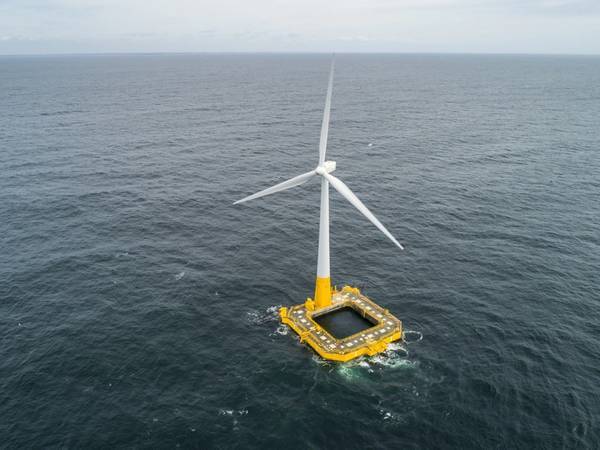
UK-based energy consultancy Xodus Group has launched a three-year study on the costs around floating offshore wind with the aim of helping developers make their projects attractive to investors.
The collaborative research project, led by Xodus through the IDCORE program, is a partnership between the Universities of Edinburgh, Strathclyde and Exeter as well as the Scottish Association for Marine Science (SAMS).
IDCORE is an Engineering and Physical Sciences Research Council-funded doctoral training center aiming to train fifty Engineering Doctorate (EngD) students over a nine-year period admitting approximately ten new students each year for five years from September 2019
"To enable the best industry outcomes, Xodus is issuing an open call to developers and technology suppliers to engage with the study from the outset," Xodus said.
According to Xodus, the project will be key to ensuring floating wind can be a serious contender in the energy mix going forward and will result in a tool designed to assist in key decision making for floating offshore wind projects. It will also create guidance to assist with project finance decision making and to reduce uncertainties in floating offshore wind energy yield assessments.
Titled ‘Improving the Bankability of Floating Offshore Wind Projects’, the study will tackle the challenges and risks that project developers have in acquiring finance for floating wind projects and develop a methodology to use floating LIDAR data for bankable energy yield assessments.
The study will explore the impacts of floating structures on modeling wind resources and incorporating the impact of met ocean conditions on site considerations.
Scott Hamilton, Renewables Division Manager at Xodus said: “We have a strong track record of engaging with leading academic research and are proud to be leading this collaborative project in floating offshore wind. It’s important for us to be investing in future skills that the industry needs.
“We are openly inviting developers to engage with us on this project from the outset, and we expect the outcomes to provide much needed innovative research in this area and deliver benefits to the wider wind industry.”
Bottom-fixed wind turbines account for almost all the current offshore wind capacity – with site restrictions to less than 60 meters water depth.
According to the recent Offshore Wind Power Report by WER, around 80% of technical wind potential capacity is in water depth exceeding 60m and generally further offshore, where the quality of wind resource is generally better, resulting in higher turbine capacity factors and requiring floating foundations.
WER expects that the US and Japan will become major Floating Offshore Wind Farm players in the second half of the decade, along with Norway, the UK, and France.